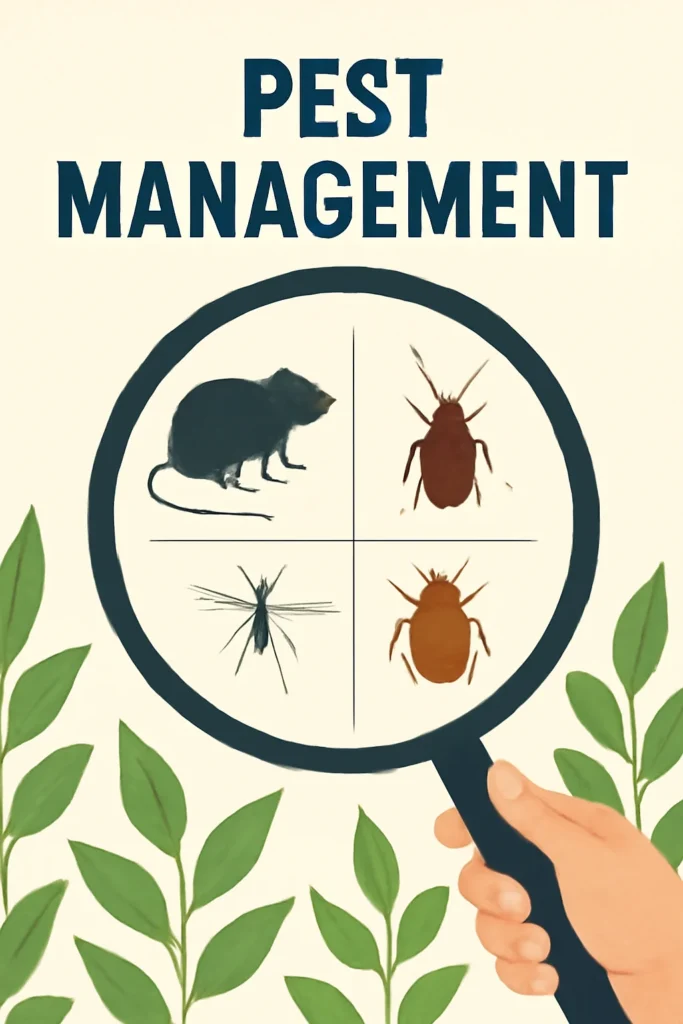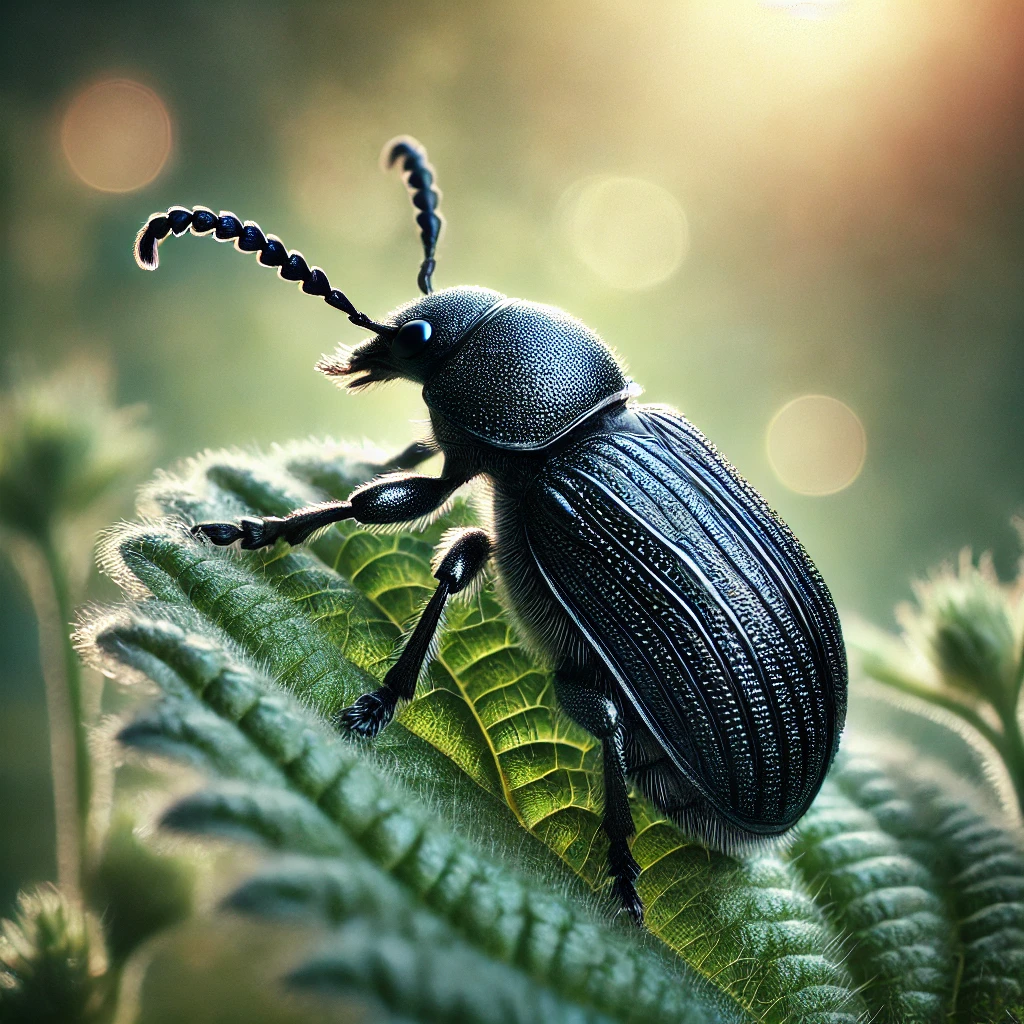What Are Boxelder Bugs
If you’ve recently spotted red and black bugs Ontario, especially in the Greater Toronto Area, you’re not alone. These insects, often mistaken for a black and red beetle in Ontario or even a red beetle, are commonly known as boxelder bugs. While they might look alarming, they’re harmless to humans and pets. However, these red and black bugs can quickly become a nuisance when they invade your home in search of warmth. Why red and black Beetle in Ontario are common? As the summer turns to fall, these black and red beetle Ontario begin to gather in large numbers on sunlit surfaces—especially on south-facing walls. They are particularly active in areas with Manitoba Maple Trees, where they feed, breed, and lay eggs. With Ontario’s mix of dry summers and chilly fall seasons, it’s the perfect climate for boxelder bugs and other red insects with black spots or black bug with red back to thrive. Black and Red Bugs Ontario Many homeowners mistake them for other types of red bugs Ontario or even red bugs with black dots. These red and black bugs, however, are unique in appearance, with long black bodies lined with bright red or orange patterns. Their close resemblance to a black bug with a red back or orange and black bugs often confuses. What Do Boxelder Bugs Look Like? Boxelder bugs are easy to identify. Adults are black with vivid red or orange lines along their back and wings, making them one of the most recognizable red and black insects in Ontario. When they are young (nymphs), they appear as small, bright red bugs without the black patterns. As they grow, the black markings become more prominent. These bugs are commonly mistaken for other red beetles in Ontario or black and red bugs in Ontario. Still, they are softer-bodied and much less destructive than typical beetles. If you’ve seen what looks like a red bug in Ontario crawling on your walls, chances are it’s a boxelder bug. Where Are Red and Black Bugs Found in Ontario? In Ontario, these bugs are drawn to heat. Homes exposed to full sunlight, especially on the southern side, often become gathering spots. People often report seeing swarms of red and black bugs in Ontario resting on walls, siding, windows, or even trees. Once they’ve found a warm resting place, they may try to enter homes through small cracks, vents, or gaps in windows and doors. Boxelder bugs are just one of many insects in Ontario. Still, because of their numbers and their tendency to move indoors during fall, they stand out more than others—especially when compared to less noticeable red insects or black and red beetles. How to Prevent Boxelder Bugs and Other Red Bugs From Getting Inside To keep boxelder bugs in Ontario and similar red and black bugs out of your home, it’s important to take early action. First, inspect your windows, doors, vents, and exterior walls. Seal any openings larger than 1/8 inch with caulk. Fix torn screens and install door sweeps. If your home gets a lot of sun, consider treating those sunny exterior walls with a safe outdoor insecticide. Also, keep your surroundings clean. Remove fallen leaves and seeds, especially from boxelder or seed-bearing trees. This helps reduce the number of red beetles or black and red bugs that gather near your home. What to Do If Red and Black Bugs Are Already Inside If it’s too late and these black and red bugs are already inside your home, don’t worry. While they might be unsettling, they don’t pose a health risk. Most stay inactive during winter but may appear during warmer days. To remove them safely, use a vacuum cleaner or sweep them up and dispose of them outside. Avoid using pesticides indoors—these chemicals may be harmful and are rarely effective once the bugs are already inside. A great alternative is to spray the bugs with a mixture of dish soap and water. This simple solution works well against boxelder bugs and other red bugs without introducing toxic chemicals into your home. When to Call the Experts Suppose you’re dealing with a recurring infestation of boxelder bugs in Ontario, or you’re unsure whether you’re seeing red bugs, red beetles, or some other kind of black and red insect. In that case, it’s best to call a professional. At BP Pest Control, we’re experts in identifying and removing all types of insects in Ontario—including boxelder bugs, red beetles, black and red bugs, and other seasonal pests. We offer reliable and affordable pest control services across the Greater Toronto Area, ensuring your home stays bug-free. Say Goodbye to Red and Black Bugs With BP Pest Control Don’t let these red and black bugs in Ontario take over your home. Whether you’re seeing a red bug with black dots, a black and red beetle, or an entire swarm of boxelder bugs, BP Pest Control has the tools and experience to handle it. Contact us today for a free estimate and enjoy the peace of mind that comes with professional pest protection. Trust BP Pest Control to keep your home safe, clean, and bug-free—season after season. 🐞 Frequently Asked Questions about Red and Black Bugs & Boxelder Bugs in Ontario What are boxelder bugs? Boxelder bugs (also known as box elder bugs or maple bugs) are black insects with red or orange lines on their back. They are harmless but can become a nuisance when they gather in large numbers, especially in the fall. Why are there red and black bugs around my home? You’re likely to see boxelder bugs, red and black beetles, or similar black insects with red markings. These bugs look for warmth as the weather cools and often rest on sunny walls or try to enter homes in Ontario. Are boxelder bugs and box beetles the same? The names are often mixed up. Boxelder bugs are sometimes wrongly called box beetles or box beetle bugs, but they are not true beetles. They belong









